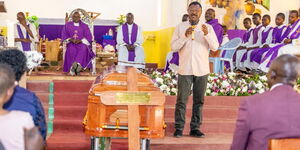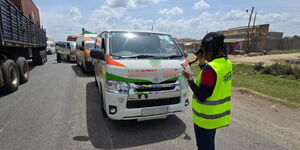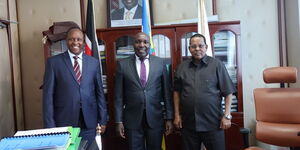The Ksh 5.8 billion cable cars project that was to be built under the public-private partnership between the government and an Australian consortium has suffered a major setback.
The cars were to be constructed across the busy Likoni Channel and was to commence in 2017 after receiving Cabinet approval.
However, the construction of the Ksh 1.5 billion Likoni Floating Bridge has cast questions over the viability of the cable cars project.
Transport PS Solomon Kitungu said that the construction of the cable project which was to be undertaken by Trapos Limited depends on the decision that will be made by the sponsors.
"The cable car is not necessarily to be substituted by the floating bridge.
"The project sponsors will have to respond accordingly. If they ascertain that there is no market, then they might not proceed with it," Kitungu stated.
He added that they may consider convincing the sponsors to set the project as a tourist attraction centre.
In July 2020, Senators raised concerns over the plan by Kenya Ferry Services (KFS) to install the Ksh 5.8 billion cable car project, saying the project was not viable. The Senate Roads and Transport Committee said the proposed user charges of Ksh 20 per foreigner was not sustainable.
The cable system was to have a total of 28 cabins ferrying a maximum of 5,500 passengers per hour to cross the Likoni Channel in 3 minutes and 40 seconds.
A similar project was unveiled in Nairobi County in 2015. However, it has since stalled with the administrators focusing on upgrade of the railway system, expansion of roads, adoption of the commuter rail transport and the soon to be unveiled bus rapid transport system (BRT) buses.
Meanwhile, the Likoni Floating Bridge project nears completion, with the contractor disclosing that it may be finished as earlier as March 2021.
The bridge was constructed to help residents cross between the mainland to Mombasa island so as to decongest the Linkoni ferry service which serves 300,000 people and 6,000 vehicles daily.












